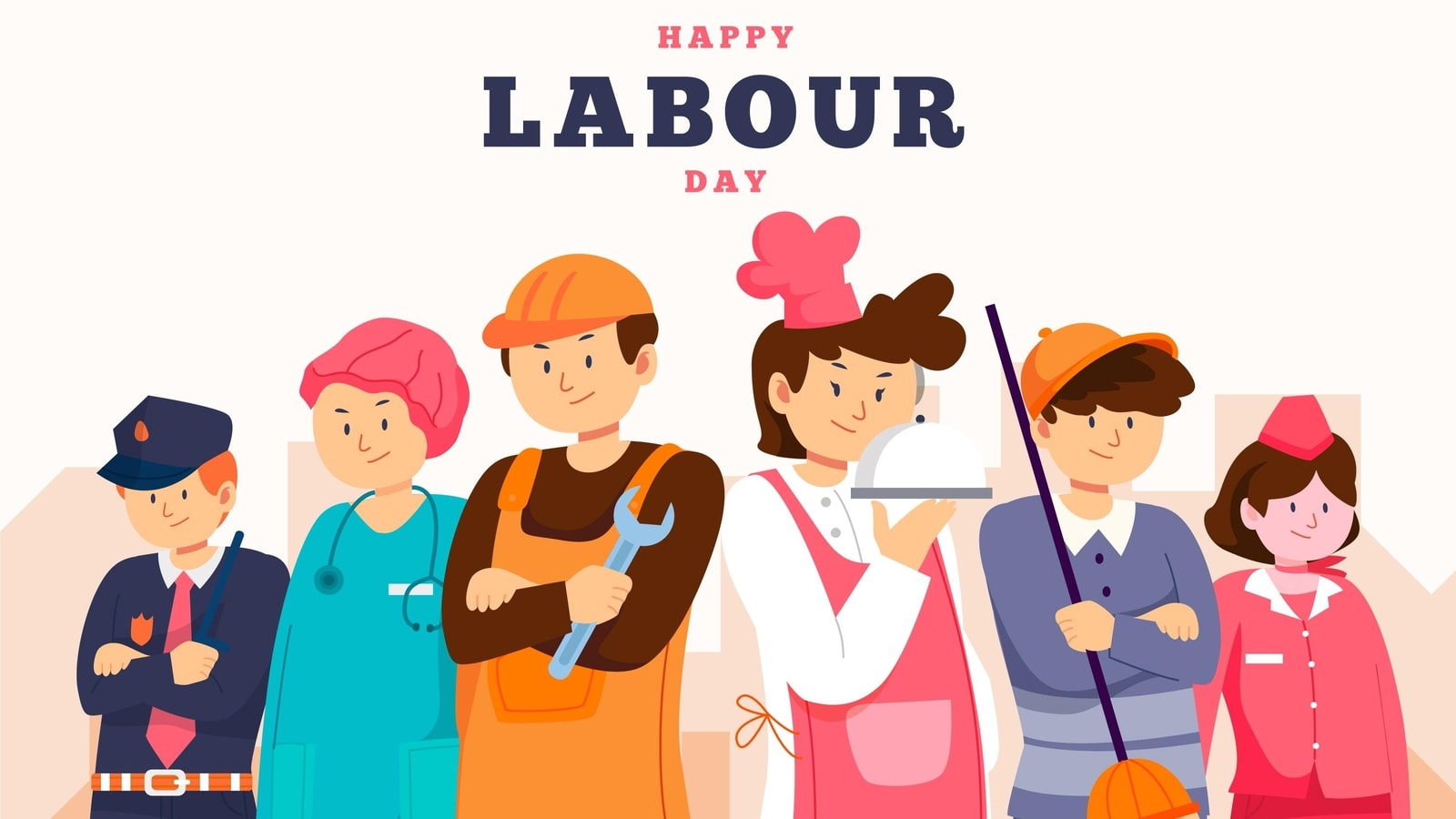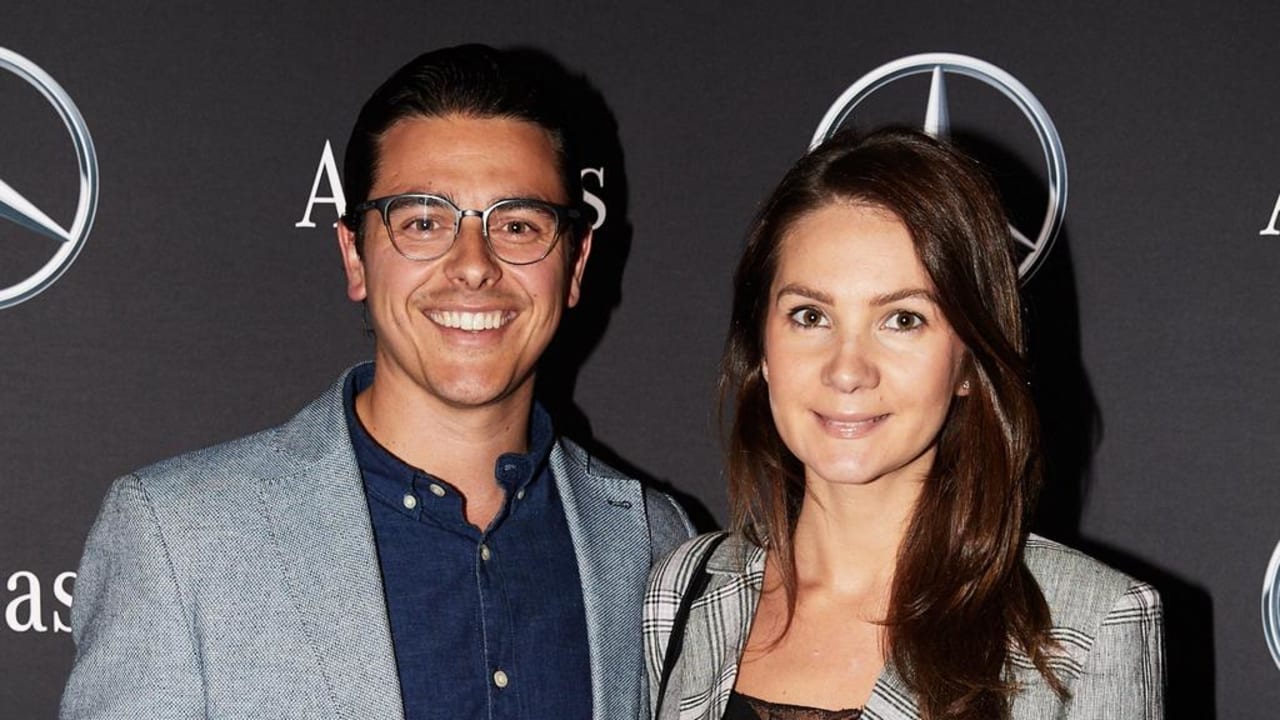
Why is Labor Day celebrated? Labor Day, observed on the first Monday of September, honors the contributions and achievements of American workers. It began in 1882 with a parade organized by the Central Labor Union in New York City. By 1894, it became a federal holiday, signed into law by President Grover Cleveland. Labor Day marks the end of summer and the start of the school year for many. It’s also a time for family gatherings, barbecues, and parades. This holiday celebrates the labor movement's history, recognizing the efforts of workers who fought for fair wages, reasonable hours, and safer working conditions.
Key Takeaways:
- Labor Day has a rich history dating back over a century, honoring American workers' contributions. It became a federal holiday in 1894, celebrating labor and evolving into a day of various activities and traditions.
- Labor Day is not just an American holiday; it has international influence and similar celebrations in other countries. It also highlights modern labor trends, challenges, and the ongoing spirit of progress and equality for all workers.
The Origins of Labor Day
Labor Day has a rich history that dates back over a century. It was created to honor the contributions and achievements of American workers. Let's dive into some fascinating facts about its origins.
- Origin of Labor Day: Labor Day was first proposed by Matthew Maguire, a machinist and secretary of the Central Labor Union (CLU) in New York City, in 1882.
- First Celebration: The first Labor Day celebration took place on Tuesday, September 5, 1882, in New York City. It featured a parade of about 10,000 workers who marched from City Hall to 42nd Street and ended in Wendel’s Elm Park for a concert, speeches, and a picnic.
- Inspiration for Other Unions: The New York parade inspired other unions across the country. By 1887, Oregon, Massachusetts, New York, New Jersey, and Colorado had made Labor Day a state holiday.
- Haymarket Affair Influence: The Haymarket Affair, which occurred on May 4, 1886, in Chicago, led to violence that killed seven police officers and four others. This incident influenced the choice of Labor Day instead of May 1 as a national holiday in the United States.
- Controversy Over Founders: Two men with similar names, Matthew Maguire and Peter McGuire, are often credited with starting the first Labor Day parade in New York City. However, it is unclear who should be credited due to the confusion caused by their similar-sounding names.
Legal Recognition and Evolution
Labor Day didn't become a federal holiday overnight. It took years of advocacy and state-by-state adoption before it was officially recognized.
- Legal Recognition: In 1894, President Grover Cleveland signed an act making the first Monday in September a federal holiday. This decision was influenced by the violence related to the Pullman railroad strike and the desire to create a holiday that would celebrate labor without aligning with the May 1 celebrations.
- State-by-State Adoption: Before becoming a federal holiday, Labor Day was adopted state by state. Oregon was the first state to make it an official public holiday in 1887, seven years before it was passed by Congress.
- Federal Holiday Establishment: By 1894, thirty U.S. states were already celebrating Labor Day. The federal law, signed by President Grover Cleveland on June 28, 1894, made the first Monday in September a federal holiday, initially only for federal workers.
- Evolution of Celebrations: Over the years, Labor Day celebrations have evolved from primarily parades in urban areas to a broader celebration that honors organized labor with various activities, including family gatherings and sports events.
Traditions and Customs
Labor Day has its own set of unique traditions and customs that have developed over time. Some are well-known, while others might surprise you.
- Fashion Tradition: Labor Day is often associated with the end of summer fashion. Traditionally, it was considered a fashion faux pas to wear white clothing after Labor Day, a rule that originated from the Victorian era when wealthy New Yorkers would return from their summer homes and change their attire.
- Hot Dog Season: Labor Day marks the unofficial end of hot dog season. According to the National Hot Dog and Sausage Council, Americans eat approximately 7 billion hot dogs between Memorial Day and Labor Day.
- Union Membership: As of 2017, there were 14.8 million union members in the U.S. workforce. This number has fluctuated over the years, with 17.7 million members in 1983.
- Biggest Union: The National Education Association (NEA) is the largest union in the United States, with about 3 million members, including inactive and lifetime members.
- Travel and Tourism: Labor Day is a significant travel weekend in the United States. According to a survey by The Vacationer, more than half of adults planned to travel over Labor Day or Labor Day weekend in 2023. This trend is expected to continue in 2024, with many Americans using the long holiday weekend to enjoy one last getaway before summer ends.
- Destination of the Year: For those planning to travel this Labor Day, Costa Rica is highlighted as the Destination of the Year by Travel + Leisure. The country offers beautiful beaches, national parks, rainforests, and a variety of activities, including world-renowned coffee.
Labor Day and the Workforce
Labor Day is a time to reflect on the state of the workforce and the jobs that are in demand. Here are some insights into the current job market and labor trends.
- Top Jobs in 2024: The top jobs in 2024, according to U.S. News and World Report, include nurse practitioner, financial manager, software developer, IT manager, physician assistant, medical and health services manager, information security analyst, data scientist, actuary, and speech-language pathologist. These jobs are chosen based on pay, talent, ability to advance, stress levels, and work-life balance.
- Labor Department History: The U.S. Department of Labor was founded on March 4, 1913. Interestingly, Labor Day itself became a federal holiday back in 1894, 31 years before the government agency was established.
- Post-Parade Activities: After the first Labor Day parade in 1882, workers who took unpaid leave to attend the event met up with their families for various activities like enjoying picnics and fireworks.
International Influence and Celebrations
Labor Day isn't just an American holiday. Its influence and similar celebrations can be found in other countries as well.
- Canada’s Labour Day: Canada celebrated “Labour Day” before the United States. The first celebration in Canada took place in 1894, on the first Monday of September, just like in the U.S. However, it wasn’t until later that it became an official holiday.
- Toronto Typographical Union Strike: On March 25, 1872, the Toronto Typographical Union went on strike in favor of a shorter workweek. This event marked one of the early demonstrations leading to the recognition of labor unions in Canada.
- Parliamentary Recognition: Later that year, Parliament legalized unions in Canada, paving the way for future labor movements and celebrations.
- New York City Labor Day Parade: To this day, the New York City Central Labor Council hosts a Labor Day parade and march, which is held just north of the location of the original 1882 march. This year, the parade will be held on Saturday, September 7, 2024.
Modern-Day Celebrations and Activities
Labor Day has evolved into a day filled with various activities and events. From parades to sales, here's how people celebrate today.
- Reason for Observing on Monday: While the first Labor Day in 1882 took place on a Tuesday, it eventually shifted to Monday after the holiday was adopted by the states. This change allowed employees to enjoy a three-day weekend.
- Fashion Faux Pas: The tradition of not wearing white after Labor Day originated from the migration of wealthy New Yorkers back from their summer homes. This rule was meant to signal the end of summer vacation attire.
- Straw Hat Riot: In 1922, the Straw Hat Riot broke out in New York City due to gangs snatching the hats of men violating the rule of not wearing straw hats after Labor Day. This incident highlighted the strict adherence to summer fashion rules.
- Memorial Day as Summer’s Unofficial Beginning: Memorial Day is considered the unofficial beginning of summer and the summer fashion season in the United States. This tradition has been observed since the late 19th century.
- Labor Day Sales: Labor Day has become an important weekend for discounts and allowances by many retailers in the United States. It is one of the largest sale dates of the year, second only to the Christmas season’s Black Friday.
- Back-to-School Sales: Many retailers take advantage of the large numbers of potential customers with time to shop during Labor Day weekend, especially for back-to-school sales.
- Labor Day Concert at the U.S. Capitol: One popular event in Washington, D.C., is the Labor Day Concert at the U.S. Capitol featuring the National Symphony Orchestra with free attendance.
Labor Day vs. International Workers' Day
While Labor Day is celebrated in September in the U.S., many other countries celebrate workers on a different day. Here's how Labor Day compares to International Workers' Day.
- International Workers’ Day: More than 150 other countries celebrate International Workers’ Day on May 1, the European holiday of May Day. This day commemorates the general labor strike in the United States and events leading to the Haymarket affair.
- Haymarket Affair: The Haymarket affair occurred from May 1 to May 4, 1886, in Chicago, Illinois. It involved a bomb explosion at a union rally that led to violence and resulted in the deaths of seven police officers and four others.
- May 1 Celebrations: May 1 is celebrated in most nations as Workers Day, but the U.S. government chose Labor Day instead to avoid aligning with this date.
Unique Celebrations and Events
Different regions have their own unique ways of celebrating Labor Day. Here are some interesting events and traditions.
- Labor Day Carnival in New York: New York offers the Labor Day Carnival, which includes various activities and events celebrating labor.
- Fireworks Over Coney Island: In New York, fireworks over Coney Island are a popular event during Labor Day celebrations.
Notable Figures in Labor History
Labor Day is also a time to remember the key figures who have made significant contributions to the labor movement.
- Historical Figures: Key figures in labor history, such as Samuel Gompers and Mary Harris “Mother” Jones, are often remembered during Labor Day celebrations.
- Fair Labor Standards Act: The passage of the Fair Labor Standards Act (FLSA) in 1938, which established minimum wage and overtime protections, is often linked to Labor Day.
- Women in Labor Movements: Women have played a significant role in labor movements throughout history, including figures like Clara Lemlich and Rose Schneiderman.
- Immigrant Workers: Immigrant workers have been instrumental in shaping the American workforce and are often celebrated during Labor Day events.
- African American Contributions: African Americans have made substantial contributions to labor movements, including figures like A. Philip Randolph and Bayard Rustin.
- Native American Labor: Native American communities have also been involved in labor movements, advocating for their rights and working conditions.
- Asian American Contributions: Asian Americans have played a crucial role in various industries, including agriculture and manufacturing, and are recognized during Labor Day celebrations.
- Latino Labor: Latino workers have been instrumental in shaping the American workforce, particularly in industries like agriculture and construction.
- Youth in Labor: The involvement of youth in labor movements is significant, with many young people advocating for better working conditions and fair wages.
Modern Labor Issues
Labor Day also highlights ongoing issues and changes in the workforce. Here are some modern labor trends and challenges.
- Technology and Work: The rise of technology has transformed the workplace, with many jobs now requiring specialized skills and training.
- Remote Work: The COVID-19 pandemic accelerated the shift towards remote work, which has changed the way many people approach their jobs.
- Work-Life Balance: Achieving a balance between work and personal life is increasingly important, with many workers advocating for better benefits and more flexible schedules.
- Health and Safety: Workplace health and safety are critical issues, with many organizations pushing for stricter regulations to protect workers from hazards.
- Labor Laws Evolution: Labor laws have evolved significantly over the years, with the FLSA being a major milestone in protecting workers’ rights.
- Modern Labor Issues: Labor Day also highlights ongoing issues and changes in the workforce, such as the impact of technology and the shift towards remote work.
- Spirit of Labor Day: Understanding these facts enriches our appreciation for Labor Day, reminding us of the progress made and the work still needed to ensure fairness and equality for all workers.
Celebrating Labor Day 2024
Labor Day 2024 isn't just a day off; it's a tribute to the hard work and dedication of American workers. From its origins in 1882 to becoming a national holiday in 1894, Labor Day has evolved to reflect the changing workforce. The holiday celebrates the contributions of diverse groups, including women, immigrants, and minority workers. It also highlights ongoing issues such as workplace safety, fair wages, and work-life balance. As technology and remote work reshape the job market, the spirit of Labor Day endures, celebrating the achievements and ongoing struggles of workers. Understanding these facts enriches our appreciation for Labor Day, reminding us of the progress made and the work still needed to ensure fairness and equality for all workers. So, as you enjoy the long weekend, take a moment to honor the labor movement's history and its impact on our lives today.
Frequently Asked Questions
Was this page helpful?
Our commitment to delivering trustworthy and engaging content is at the heart of what we do. Each fact on our site is contributed by real users like you, bringing a wealth of diverse insights and information. To ensure the highest standards of accuracy and reliability, our dedicated editors meticulously review each submission. This process guarantees that the facts we share are not only fascinating but also credible. Trust in our commitment to quality and authenticity as you explore and learn with us.


